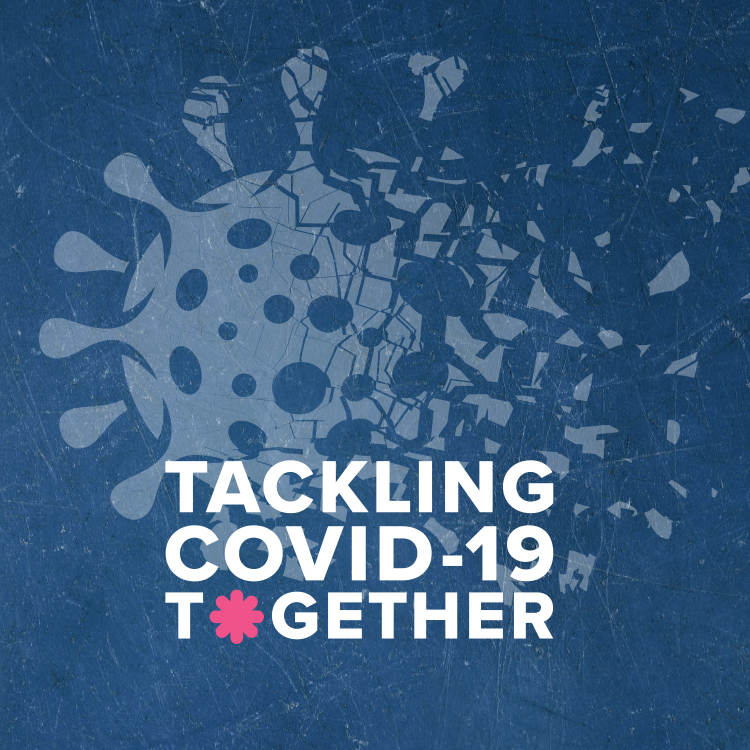Search
Research
Targeting interventions to improve influenza control: a proof of principle geomapping studyChristopher Kefyalew Hannah Blyth Alene Moore MBBS (Hons) DCH FRACP FRCPA PhD BSc, MPH, PhD OAM BSc (Hons) GradDipClinEpi PhD Centre Head, Wesfarmers

Research that maps and tracks.
Research
Epidemiology of Viral Infections in Neonatal Intensive Care Units in Western Australia: A Retrospective Study From 2016 to 2021 Including the COVID-19 PandemicViral infections are associated with significant morbidity and mortality in neonates. The COVID-19 pandemic led to changes in viral epidemiology in Western Australia. The impact on patients in neonatal intensive care is uncertain.
Research
The role of children in transmission of SARS-CoV-2 variants of concern within households: an updated systematic review and meta-analysis, as at 30 June 2022Meta-analyses and single-site studies have established that children are less infectious than adults within a household when positive for ancestral SARS-CoV-2. In addition, children appear less susceptible to infection when exposed to ancestral SARS-CoV-2 within a household. The emergence of SARS-CoV-2 variants of concern (VOC) has been associated with an increased number of paediatric infections worldwide.
Research
Life in a time of COVID: retrospective examination of the association between physical activity and mental well-being in western Australians during and after lockdownThe aim of this study was to examine physical activity and sedentary behaviours during Western Australia's COVID-19 lockdown and their association with mental well-being.
Research
A modelling approach to estimate the transmissibility of SARS-CoV 2 during periods of high, low, and zero case incidenceAgainst a backdrop ofwidespread global transmission, a number of countries have successfully brought large outbreaks of COVID-19 under control and maintained near-elimination status. A key element of epidemic response is the tracking of disease transmissibility in near real-time. During major out-breaks, the effective reproduction number can be estimated froma time-series of case, hospitalisation or death counts. In low or zero incidence settings, knowing the potential for the virus to spread is a response priority.
Research
The Emerging Omicron Variant, Children and SchoolMany publications have demonstrated the detrimental effects of school closures on children, families and communities in the past two years of the COVID-19 pandemic. Currently, there is a surge of Omicron cases as children prepare to return to school around the world. While many children are asymptomatic or have mild disease, it is nevertheless an important problem.
Research
COVID-19 vaccine coverage targets to inform reopening plans in a low incidence settingSince the emergence of SARS-CoV-2 in 2019 through to mid-2021, much of the Australian population lived in a COVID-19-free environment. This followed the broadly successful implementation of a strong suppression strategy, including international border closures. With the availability of COVID-19 vaccines in early 2021, the national government sought to transition from a state of minimal incidence and strong suppression activities to one of high vaccine coverage and reduced restrictions but with still-manageable transmission.
Research
Individual variation in vaccine immune response can produce bimodal distributions of protectionThe ability for vaccines to protect against infectious diseases varies among individuals, but computational models employed to inform policy typically do not account for this variation. Here we examine this issue: we implement a model of vaccine efficacy developed in the context of SARS-CoV-2 in order to evaluate the general implications of modelling correlates of protection on the individual level.
Research
The effect of the COVID-19 pandemic on paediatric anaesthesia research as evidenced by the contrasting recruitment experiences of centres in Australia and ScotlandBritta Regli-von Ungern-Sternberg AM FAHMS MD, PhD, DEAA, FANZA Chair of Paediatric anaesthesia, University of Western Australia; Consultant
